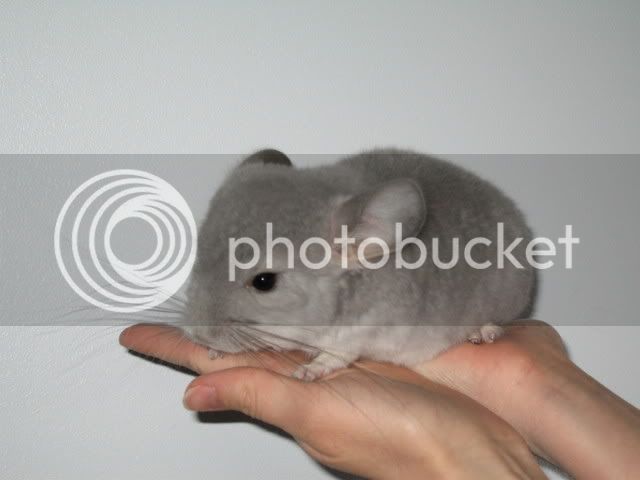mark miller
Miller Chinchillas
A few years ago I was looking at a chinchilla breeding chart for mutations and came across a listing for violephires. It listed them simply as a violet/sapphire cross. It intriged me so I started a thread to find out if anyone was breeding for them or had ever raised one. It turned into a heated debate topic with many people giving their opinions. I mated sapphire to violet and got only standard double carriers of both genes. I was in the process of mating the double carriers together when we sold out our herd. So, I wasn't able to complete my experiment and produce a violephire. I had proposed to all the other breeders back then to attempt to produce one also and wondered if anyone had success and could finally answer the question of whether or not it's possible and exactly how it is produced. Is it a once in awhile anomaly that pops up from a violet to sapphire breeding, or do you have to have double carriers mated together to produce one, or is it impossible all together? If it's been produced successfully, what is the percentage of offspring that come out violephires, and do they look more like violets or sapphires or something all together different?




